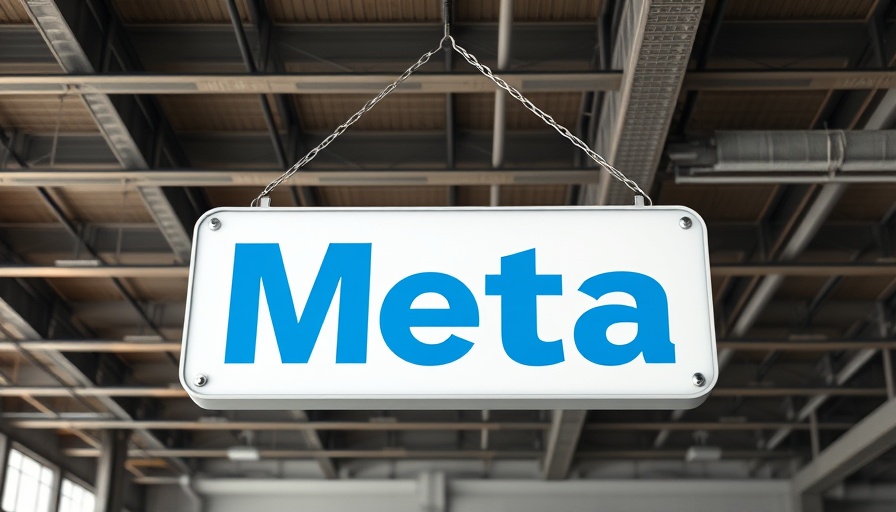
The New Guidelines: A Shift Toward Autonomy
The recent announcement from the US Department of Transportation marks a significant shift in the landscape of autonomous vehicles (AVs). By relaxing crash-reporting requirements for manufacturers, the framework enables companies like Tesla to streamline their path toward bringing transformative technologies to market. This newfound ease is particularly crucial for Tesla's Cybercab, a vehicle designed without traditional controls like steering wheels and brakes.
Understanding the Implications of Reduced Reporting
While many might see this as a win for innovation, it's essential to examine the implications of reduced transparency. As automakers and developers now have fewer obligations to disclose detailed crash information, concerns arise regarding public safety. Sam Abuelsamid, a prominent figure in the self-driving-vehicle space, indicates that diminished reporting could obscure valuable data critical for assessing the safety of emerging technologies. Reports on incidents involving automated systems, particularly Level 2 systems like Tesla’s Full Self-Driving, could become less frequent and potentially skew public understanding of their safety.
Potential Risks of the New Framework
Consumer Reports has voiced apprehension about the new guidelines, suggesting they may foster an environment of underreporting incidents related to autonomous vehicles. A significant concern arises from policies allowing manufacturers to shield crash details, as this undermines the foundational objective: ensuring public safety. With fewer reports required, stakeholders in safety advocacy worry that a false sense of security could be projected while genuine safety concerns remain unaddressed.
A Balance Between Innovation and Safety
This delicate balance of fostering innovation while ensuring safety is vital as the automotive industry shifts gears. Autonomous vehicles promise to revolutionize transportation, but complacency in reporting could lead to unforeseen safety challenges. The industry must find ways to innovate responsibly, ensuring that safety standards keep pace with technological advancements.
Future Insights and Industry Responses
As the regulatory landscape evolves, it will be crucial for manufacturers, regulators, and advocates to foster open dialogue. Industry leaders should work with government stakeholders to highlight the importance of transparency in developing safe autonomous technologies. Future regulations must adapt continuously to balance the demands of innovation with the necessity of maintaining rigorous safety standards.
As researchers and technologists continue to push the boundaries of what's possible, the call for comprehensive data-sharing practices becomes even more essential for public confidence in self-driving technologies. Transparency is key to building trust among consumers while ensuring that innovations contribute to overall safety.
The evolution of self-driving technology is here, and staying informed is essential. Be proactive in understanding how these regulations affect your safety and the future of transportation!
 Add Row
Add Row  Add
Add 




 Add Row
Add Row  Add
Add 

Write A Comment